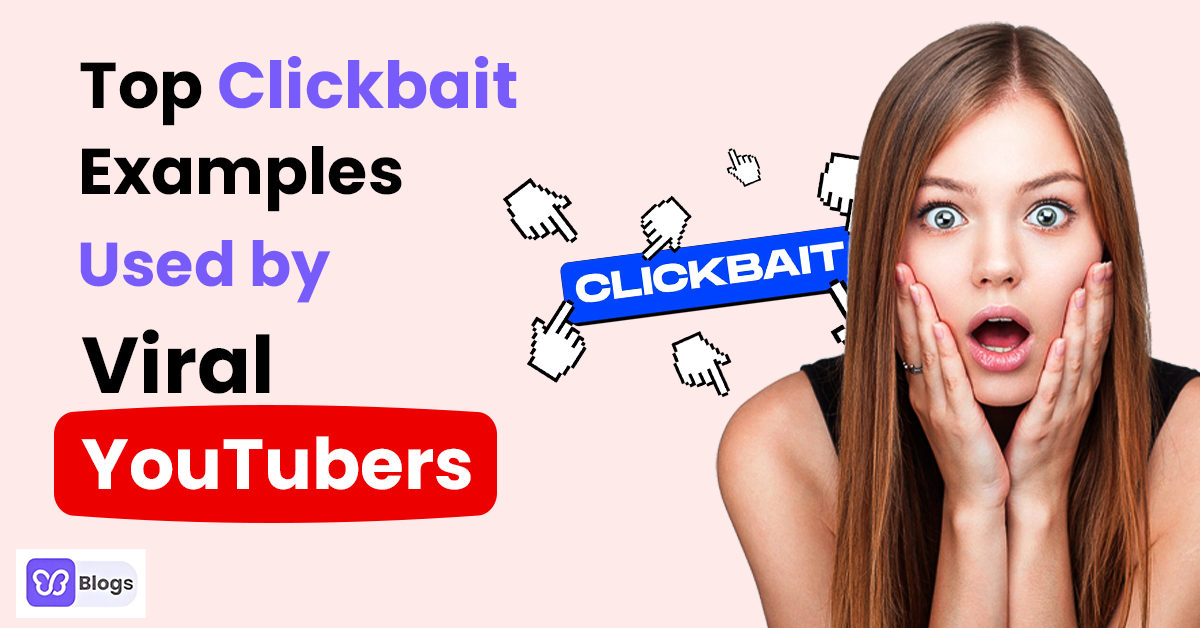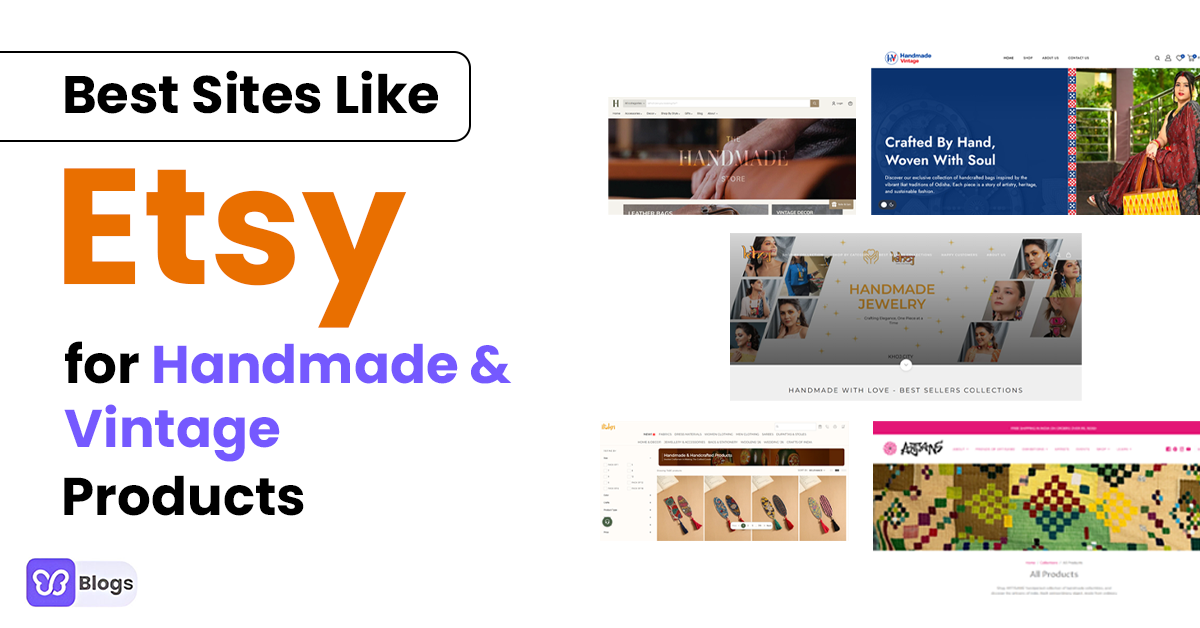Picture this: you've created an amazing online store, filled to the brim with drool-worthy products that are just waiting to be discovered. But how do you transform those curious clickers into loyal customers?
That's where the eCommerce sales life cycle comes into play!
Think of it as a thrilling adventure, where you'll navigate through different stages of the customer journey, facing challenges and unlocking secrets along the way. From marketing efforts attracting prospects to closing the sale and beyond, we've got you covered with proven strategies and insider tips.
We'll spill the beans on how to attract hordes of eager visitors to your digital storefront, using sneaky SEO techniques and the magic of paid advertising. Once they're hooked, we'll show you how to engage them with irresistible product pages and a user experience that will make their hearts skip a beat.
But it doesn't stop there! We'll teach you the art of building trust and desire, using customer reviews that shine brighter than a unicorn's horn and trust signals that will make your competitors turn green with envy. Plus, we'll reveal the secrets of nurturing leads and keeping them hooked with juicy email campaigns and valuable content.
Of course, the grand finale is all about closing that sale, with a streamlined checkout process that the buyer's journey smoother than a penguin sliding down an icy slope. We'll even let you in on the secret sauce of upselling and cross-selling, so you can boost your conversion rate and your revenue like a boss.
But wait, there's more! We won't leave you hanging after the sale. We'll show you how to keep the love alive with top-notch customer support, loyalty programs that will make your customers feel like VIPs, and post-purchase engagement that will have them returning for more.
So buckle up, it's time to turn those clicks into cash and conquer the digital retail realm like never before. Let the adventure begin!







